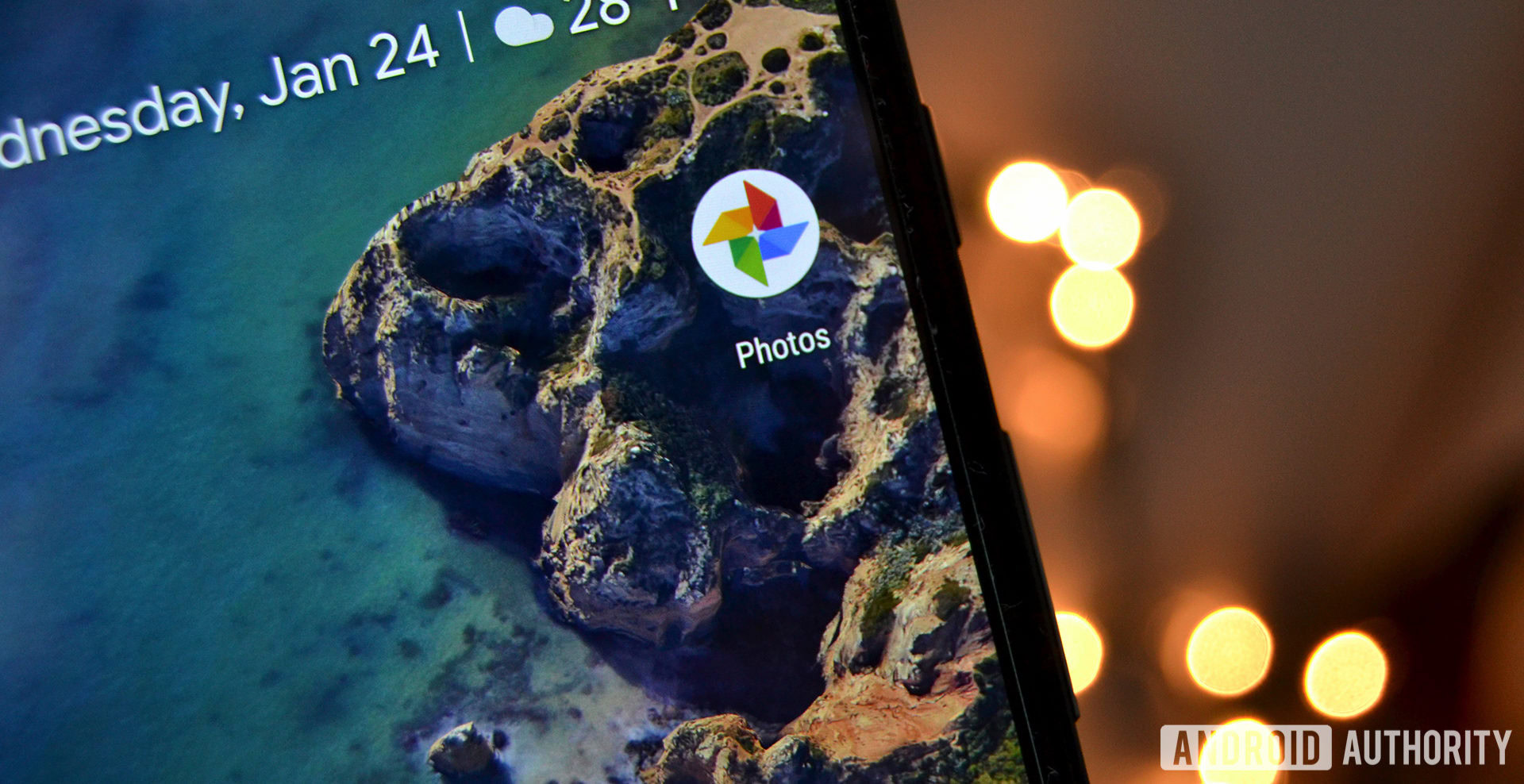Affiliate links on Android Authority may earn us a commission. Learn more.
Unlimited video storage at Google Photos has a new catch

- You can store unlimited video files in a compressed format for free using Google Photos.
- However, certain video file formats will now count towards your Google Drive quota, rather than be free and unlimited.
- The change in policy could be in response to people bending the rules to get free storage of non-video or non-photo files.
Recently, Google updated a support page related to the unlimited free storage feature within Google Photos. Now, it appears there’s a new limitation to the unlimited storage of video files, via Android Police.
Previously, any video files you uploaded to Google Photos from your smartphone would be compressed by Google and not count towards your storage quota within Google Drive. However, now it appears Google is clarifying which video file formats are supported with this feature, which means some file formats will now take away from your Drive storage.
The new policy took effect on December 6, 2018.
The supported video file formats are: .mpg, .mod, .mmv, .tod, .wmv, .asf, .avi, .divx, .mov, .m4v, .3gp, .3g2, .mp4, .m2t, .m2ts, .mts, and .mkv.

That list encompasses pretty much every common video file format, but there are are some notable exceptions. RAW, for example, is not on the list. While very few people are uploading RAW video files from their phones right now, future smartphones might make RAW video formats more commonplace, so the lack of support for this format could be upsetting down the road.
It’s possible Google made this change as a response to people gaming the unlimited storage system. For example, less-scrupulous users could disguise a DVD rip as an uncommon video file format, and then upload it from their phone to Google Photos. Since this potentially-huge file doesn’t count against their Drive quota, the user can store the file in the cloud for free when otherwise they’d have to pay for it.
That’s just a theory, of course, but it could be at least part of the reason for this update.
Going forward, it would be a good idea to make sure your future smartphones record video in a supported file format — otherwise, you could see your storage space quota drop fairly quickly.
NEXT: Got a tiny mobile data cap? Google Photos has a new backup mode for you